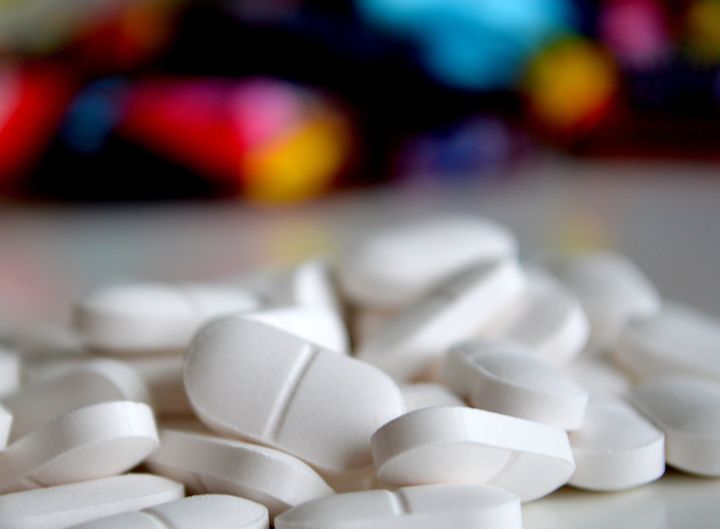Scientists claim to have shed new light on how the common painkiller paracetamol causes liver damage.
They believe their findings could inform further research into therapies to counteract the harm caused by excessive doses of the drug - the leading cause of acute liver failure in the western world.
Poisoning caused by too much paracetamol can be difficult to treat and may even prove fatal.
The researchers found in certain circumstances, paracetamol may cause cell damage in a similar way to cancer and hepatitis.

Scientists at the University of Edinburgh studied the impact of the painkiller on liver cells in human and mouse tissue.
Their tests showed that in certain settings, paracetamol can damage the liver by harming the vital structural connections between adjacent cells in the organ.
When these cell wall connections - known as tight junctions - are disrupted, the liver tissue structure is damaged, the cells are unable to function properly and they may die.
Scientists said this type of cell damage was known to occur in liver conditions including hepatitis, cirrhosis, and cancer, but has not been linked to paracetamol toxicity until now.
Researchers say they will now seek to examine how varying paracetamol doses and timescales affects toxicity in the liver, and identify potential targets for new drugs.
Dr Leonard Nelson, of the university’s Hepatology Laboratory and Institute for Bioengineering, who co-led the study, said: “Paracetamol is the world’s preferred pain remedy - it is cheap and considered safe and effective at therapeutic dose.
“However, drug-induced liver damage remains an important clinical problem and a challenge for developing safer drugs.
“Our findings reinforce the need for vigilance in paracetamol use, and could help discover how harm caused by its adverse use might be prevented.”
Co-author Pierre Bagnaninchi, of the university’s MRC Centre for Regenerative Medicine, added: “Although liver damage caused by paracetamol toxicity has been the subject of intense study for 40 years, recent developments in biosensor technology are enabling a fuller picture of the biological mechanisms involved.”
The study, involving researchers from Edinburgh and Oslo and the Scottish National Blood Transfusion Service, has been published in the journal Scientific Reports.
It was partly supported by the Biotechnology and Biological Sciences Research Council and the Chief Scientist Office.